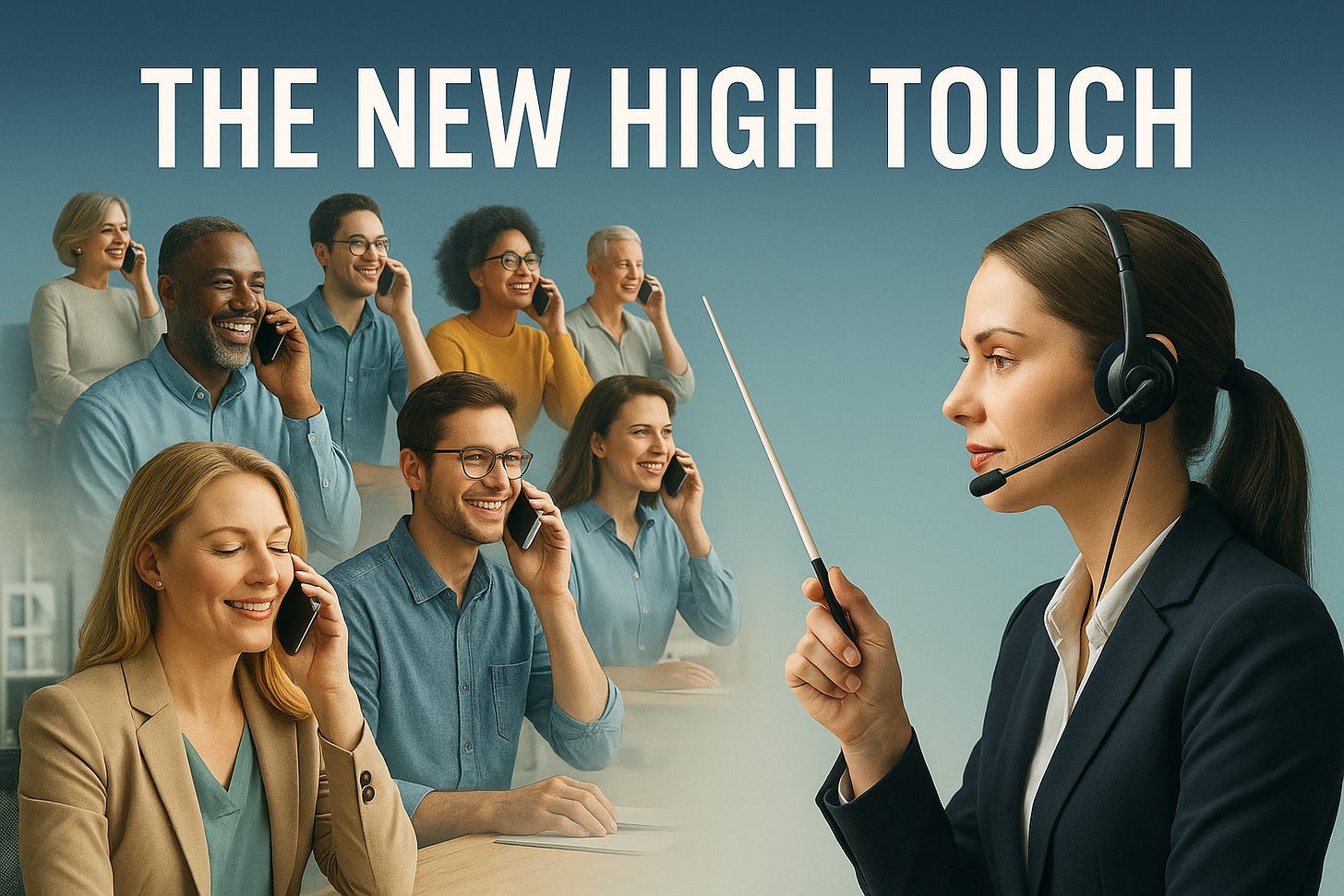The New, Old Way, of Thinking About Events: Operated Assisted Conferences
Why High-Stakes Events Are Quietly Turning to High-Touch Convening Formats
Editor’s Note: As a board member of Xcyte Digital, I’ve had a front-row seat to a surprising shift: operator-assisted conferencing—once seen as a legacy tool—is quietly reemerging as a premium format for high-stakes communication. But the deeper trend isn’t about phones at all. It’s about feel. About the return of high-touch formats that strip away the …
Keep reading with a 7-day free trial
Subscribe to Gathering Point News to keep reading this post and get 7 days of free access to the full post archives.



